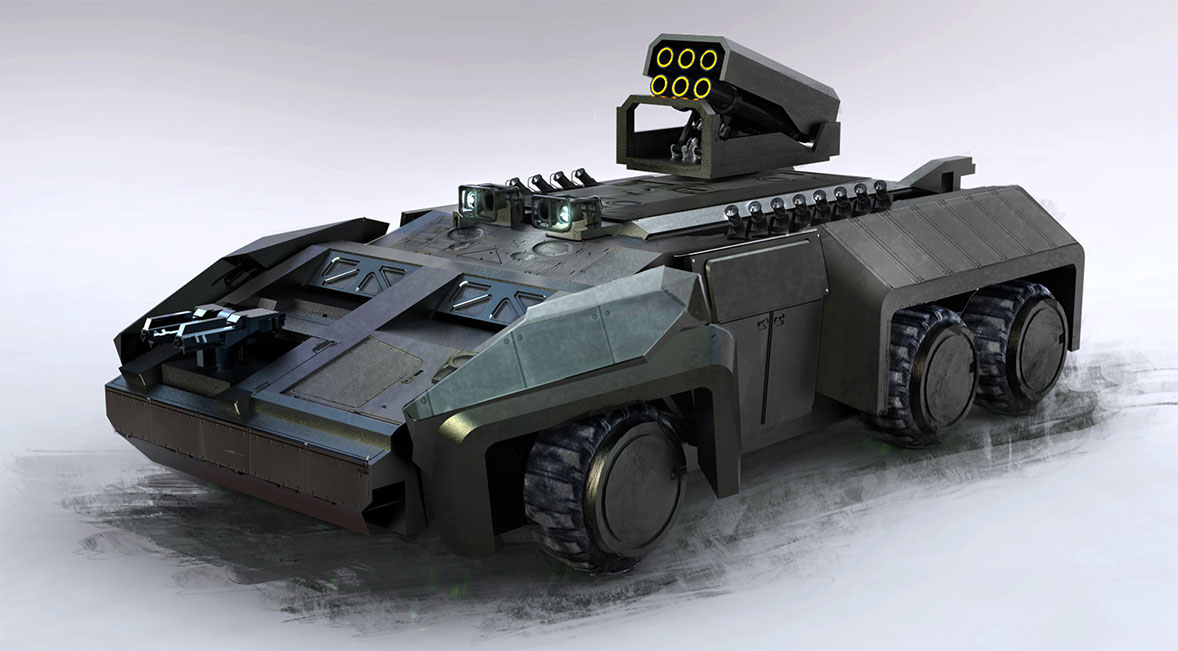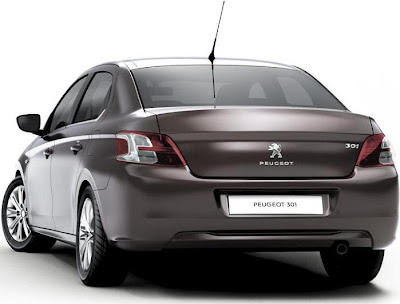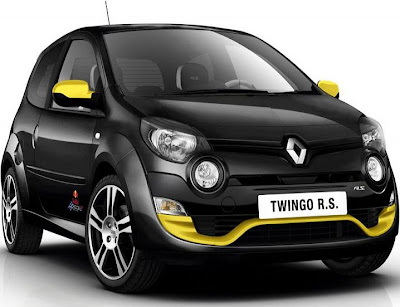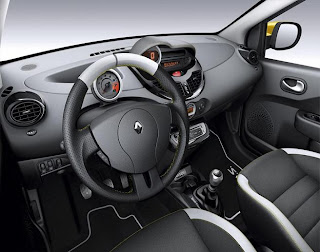A guest post from Yoshiki Chubachi, the automotive business development manager for QNX Software Systems in Japan
The market for navigation systems in Japan grew rapidly until 2006, but since 2007 the yearly volume has reached the saturation point, at about 2.9M units. For instance, in 2008, consumers purchased 900k after-market systems, 1.1M dealer-installed systems, and 909k factory-installed systems. In 2010, those numbers had changed slightly: 1.01M after-market systems, 1.03M dealer-installed systems, and 858k factory-installed systems (
source: Yano Research Institute).
That said, the market is starting to experience a shift from after-market to factory-installed devices. Automakers and their tier one suppliers are struggling to differentiate their products by implementing value-added features.
To get a feel for current navigation trends in Japan, let’s look at some notable after-market products that shipped in 2011. As you'll see, smartphones are exerting a major influence on this market, both in terms of system design and user features:
Pioneer AVIC-VH09CS — This high-end system combines augmented reality technology with a front-view camera, overlaying your route on a live video of the road. It also implements a collision warning system by measuring the distance of the car ahead. Other features include terrestrial digital TV (full HD and
1seg), DVD video, AM-FM, CD and SD music, iPod connectivity, and music ripping and encoding.
Clarion NX501 — The smartphone world seems to drive navigation trends, and the Clarion NX501 is no exception. It offers a touchscreen UI that supports swipes, flicks, and other finger gestures similar to those found in smartphones and tablets. Suzuki factory-installed systems also use the type of user interface.
Fujitsu-Ten AVN-F01i — This system comes with three bundled iPhone applications:
Twitter Drive (combines tweets with location data),
Where is My Car (uses augmented reality to show your parking location on the phone screen; great for finding your car in large parking lots); and
News Reader (allows the system’s text-to-speech engine to read out news articles). The system connects to the phone through Bluetooth.
Panasonic CN-H500WD — The system also lets you use finger swipes to operate navigation and audio functions, including a scrolling map. It comes with a smartphone application that provides POI search, which is downloaded to the navigation system through Bluetooth.
Mitsubishi NR-MZ50 — This system provides an “OpenInfo” service based on Pioneer’s Smartloop system, which provides traffic data from a Pioneer server. VICS (Vehicle Information and Communication System) is a popular traffic data service in Japan that is similar to the RDS-TMC standard, but its coverage is limited to main highways. The smartphone receives traffic data, derived from anonymous traffic probe information, wherever the VICS service isn't supported. Information from the phone is transmitted to the navigation system through Bluetooth.
Connectivity between navigation systems and smartphones remains an issue in Japan. Conventional cell phones are equipped with the Bluetooth DUN profile, which enables data communication between the nav system and the phone, but unfortunately, some carriers still don’t support this profile. Until they do, lack of connectivity will remain a roadblock.
Nonetheless, using smartphones to deliver applications and the user experience has become a major trend in Japan’s navigation systems. Some automotive tier one suppliers, such as Pioneer, already provide navigation applications on the phone. The
QNX CAR 2 application platform, with its mobile connectivity features and auto-centric HTML5 framework, offers an ideal foundation for enabling this approach.











































.jpg)











